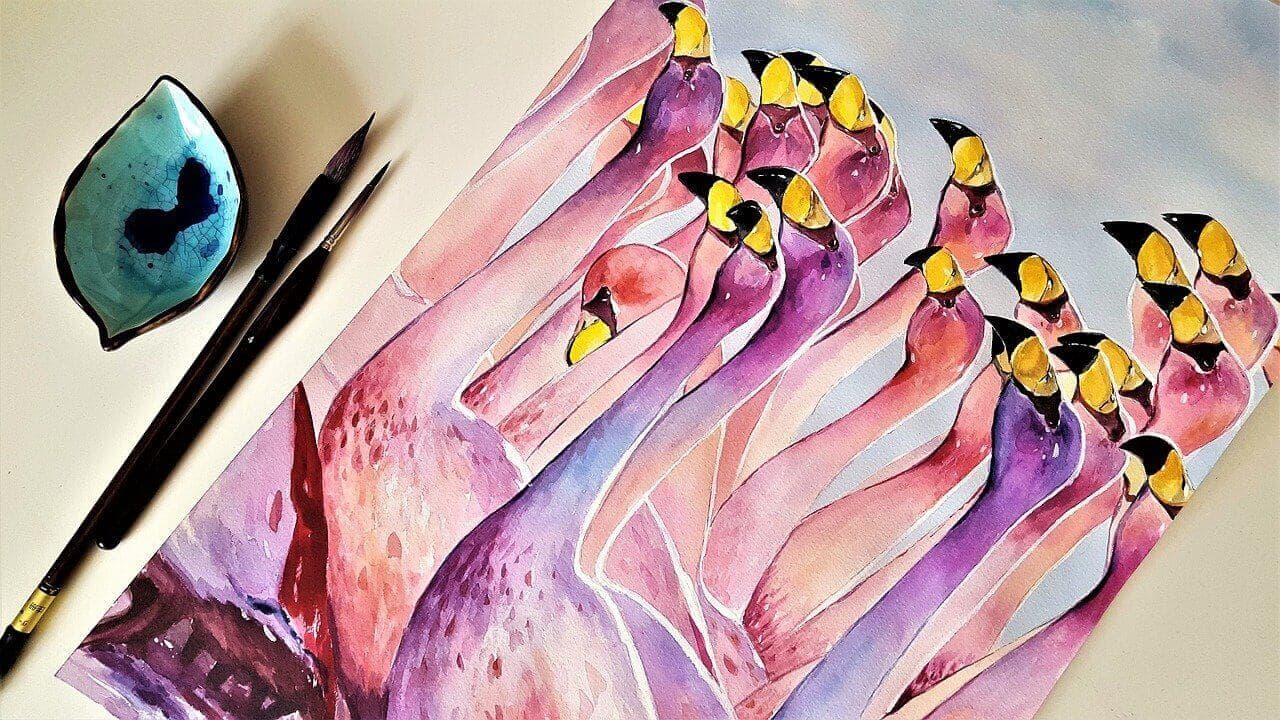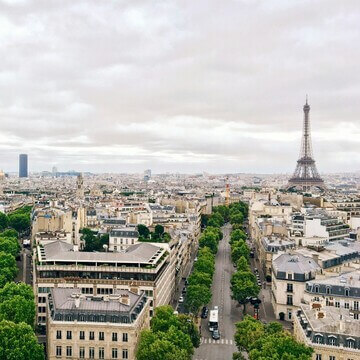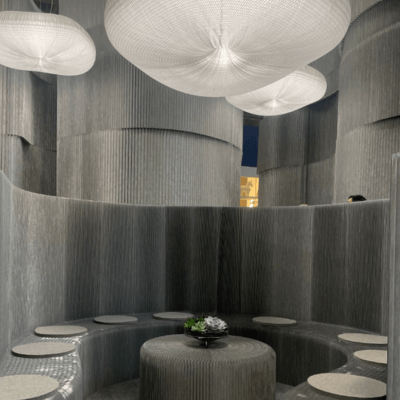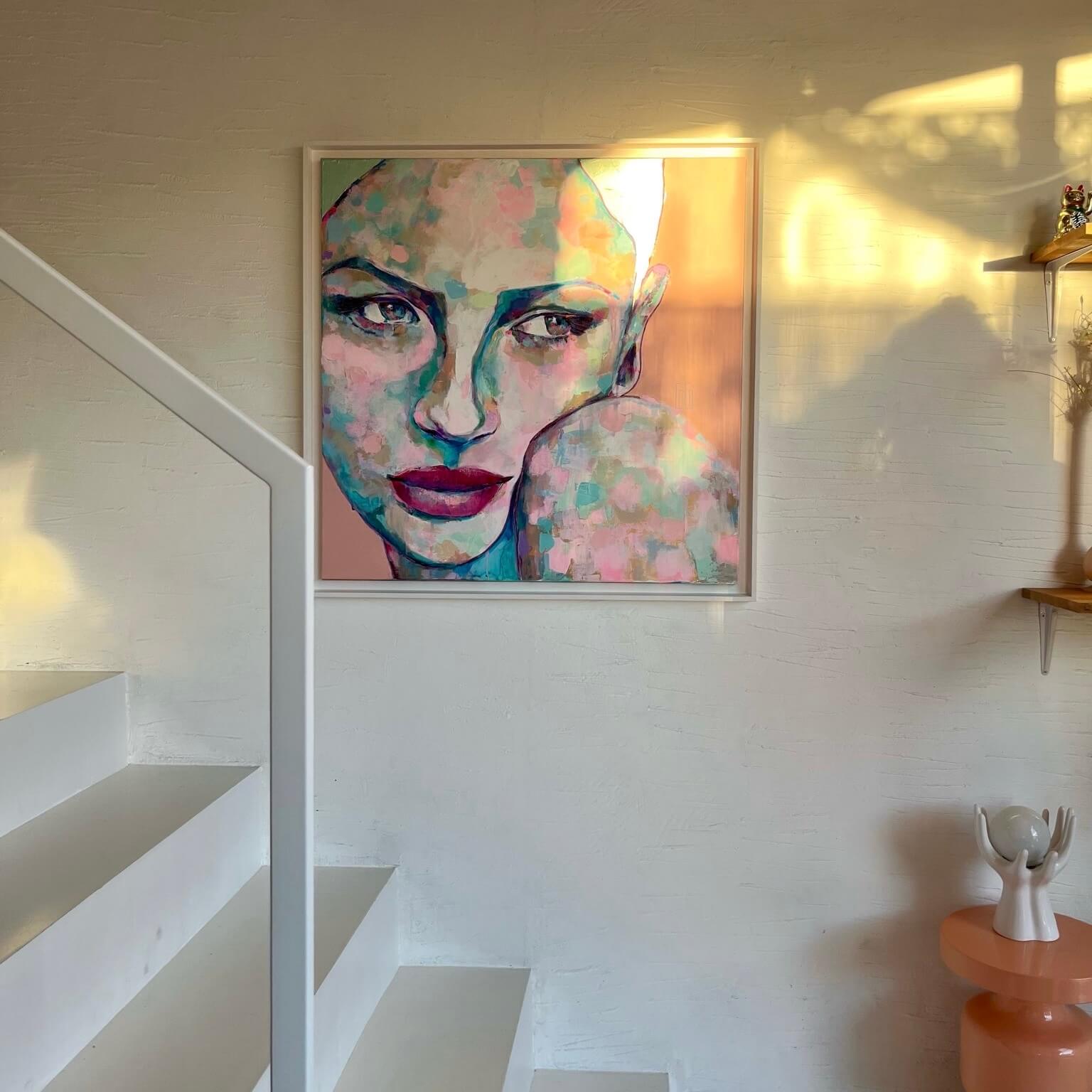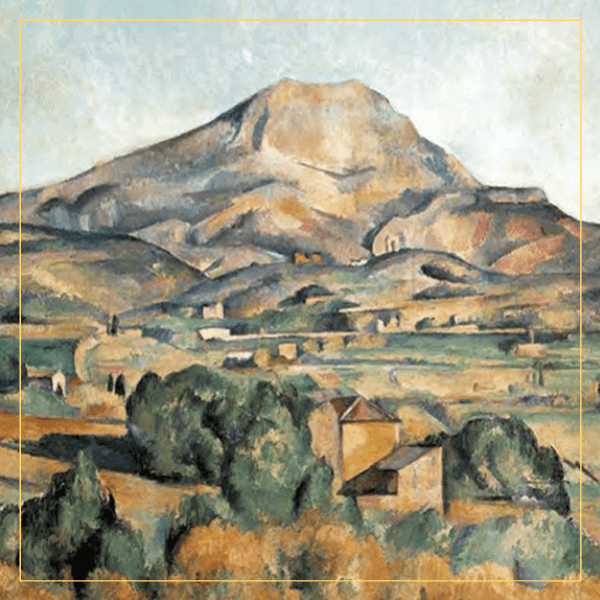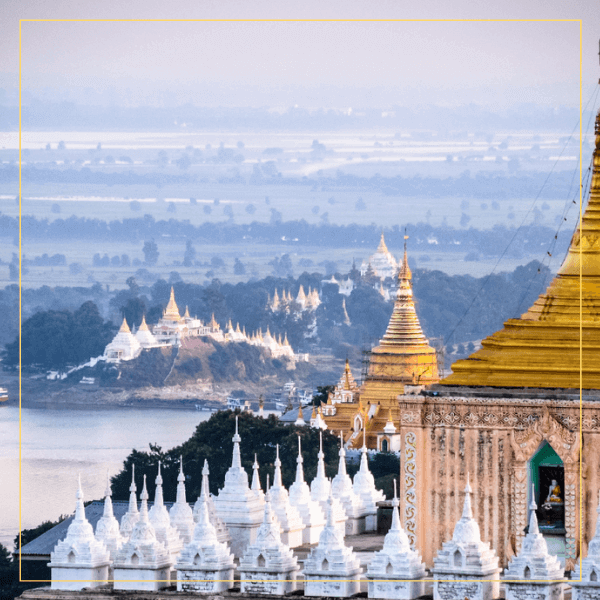The art minute
Everything You need to Know
about Landscape watercolor Painting
Learn more about watercolor landscape painting and some of the most popular watercolor landscape painting. We will share all the tips and tricks with you. Nature is a significant source of inspiration for artists, thanks to its beauty and significance to our lives.
For this reason, watercolor landscape painting has been practiced by artists worldwide for centuries.
These paintings are beautiful, plus they can be attained even by the most novice watercolor artists. However, to capture the viewers’ attention, you must not only depict the landscape but also capture the mood and atmosphere of the scene. This guide is about everything you need to know about watercolor landscape painting, from the history of landscape painting to famous landscape watercolor paintings and finally how you can create a perfect watercolor landscape painting.
For this reason, watercolor landscape painting has been practiced by artists worldwide for centuries.
These paintings are beautiful, plus they can be attained even by the most novice watercolor artists. However, to capture the viewers’ attention, you must not only depict the landscape but also capture the mood and atmosphere of the scene. This guide is about everything you need to know about watercolor landscape painting, from the history of landscape painting to famous landscape watercolor paintings and finally how you can create a perfect watercolor landscape painting.
Reasons to Choose Watercolor Landscape
1.png)
Brief History of Landscape art and Famous Landscape Paintings
The Beginning
Like the landscape has changed over time, landscape art has undergone numerous changes over the years.
Landscape painting originated from the Chinese tradition known as the shan shui, which considers that humans and animals live in balance with nature. Like the ying and yang symbol, the contrast between the freshwater of rivers and the rugged mountains presents this idea. This painting style uses ink instead of traditional paints.
Landscape painting originated from the Chinese tradition known as the shan shui, which considers that humans and animals live in balance with nature. Like the ying and yang symbol, the contrast between the freshwater of rivers and the rugged mountains presents this idea. This painting style uses ink instead of traditional paints.
Landscape painting in the Renaissance
Most landscape art during the Renaissance was inspired by historical, biblical, and mythological stories. Artists rarely made the landscape the main subject of their work— always represented in the background. However, the advances in mathematics during the period brought a better understanding of proportion, transforming the landscape’s presentations. Due to the advances in landscape painting, it was recognized as an artistic genre in the 16th century, joining others like portraiture, history painting, still life, and genre painting. However, it remained insignificant and was considered inferior to the more traditional and academic painting genres.
Romantic Landscape Painting
The Romantic Movement was a significant contributor to the acceptance of landscape painting in the 18th century. Since landscape was a primary part of the movement, it would be transformed into personal expressions in religious symbolism, evoking a combination of emotions and an admiration for nature. There are three categories of romantic landscape painting: bucolic, picturesque, and sublime.
The Impressionist Landscape
The era of impressionism also had an impact on landscape painting. For example, the invention of the first tubes of oil paint enabled artists to paint outside their studios, allowing them to paint landscapes as they see them in their present moment. These changes made landscape painting very fashionable. Also, unlike romanticism and renaissance painting, artists in the impressionism era were not interested in the smallest details but in capturing the general atmosphere. The inspiration was also not on the landscape itself but the impression it left on the painter.
The Urban Approach to Landscape Painting
It was during the 20th century that art switched to abstract and conceptual. Urban landscapes replaced the peaceful countryside scenes that defined landscape painting before. The paintings were also more realistic, thanks to the help of modern photography.
Landscape painting in the 21st Century
Nowadays, landscape painting is still a famous genre, but it has a more unrestrained definition, unlike before. Today's landscape artists can be inspired by the beauty and uniqueness of the landscape, the emotions they intend to evoke with the painting or a combination of the two.
Famous Watercolor Landscape Paintings
Cathedral of Llandaff By Paul Sandby
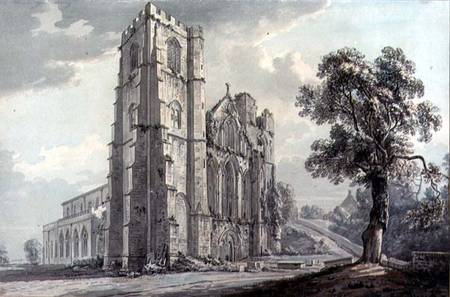
Paul Sandby, an English watercolor artist of the eighteen century, is considered the father of water painting. Paul’s painting journey started with a series of castles and caricatures that he published anonymously. He painted the Cathedral of Llandaff in Wales in 1778.
This watercolor painting has a length of 129mm and a width of 188mm.
This watercolor painting has a length of 129mm and a width of 188mm.
Landscape by Andre Roland Brudieux
Before Andre Roland Brudieux turned into painting and drawing, he worked as a woodcutter. Andre painted Landscape in 1960, and it is one of the few watercolors that he painted during his entire career as a painter. The painting, which has a length of 43cm and a width of 32.5 cm, represents an unidentified landscape.
The Fisherman by Winslow Homer
Winslow Homer, an American Artist of the 19th century, was a great painter and one of the pioneers of American realism. Though homer began by painting women, rural landscapes, and cities, he faced numerous criticisms during his first exhibitions, forcing him to concentrate on watercolor and oil painting. Most of his paintings are seascapes, and The fisherman is one of his numerous watercolors.
Lake Geneva by William Turner
Joseph Mallord WilliamTurner was a London watercolorist and one of the pioneers of Impressionism.
Turner started painting watercolors at the age of 14. He painted Lake Geneva in 1840, one of his numerous watercolor paintings.
Turner started painting watercolors at the age of 14. He painted Lake Geneva in 1840, one of his numerous watercolor paintings.
How to Make Watercolor Landscape Paintings
Step 1: Gather Your Inspiration and Supplies
The first step in landscape watercolor painting is to prepare your watercolor paper and the painting surface. Start with tapping the paper with masking tape or painters to prevent it from moving around when painting. You should also gather all the required supplies, like paint, water, and paintbrushes. You should also learn the right balance between paint and water and when to apply either dark or light colors to make beautiful paintings. It is advisable to use a picture of the watercolor landscape painting you want to create. Take pictures of the landscape you wish to paint from different angles for better results.
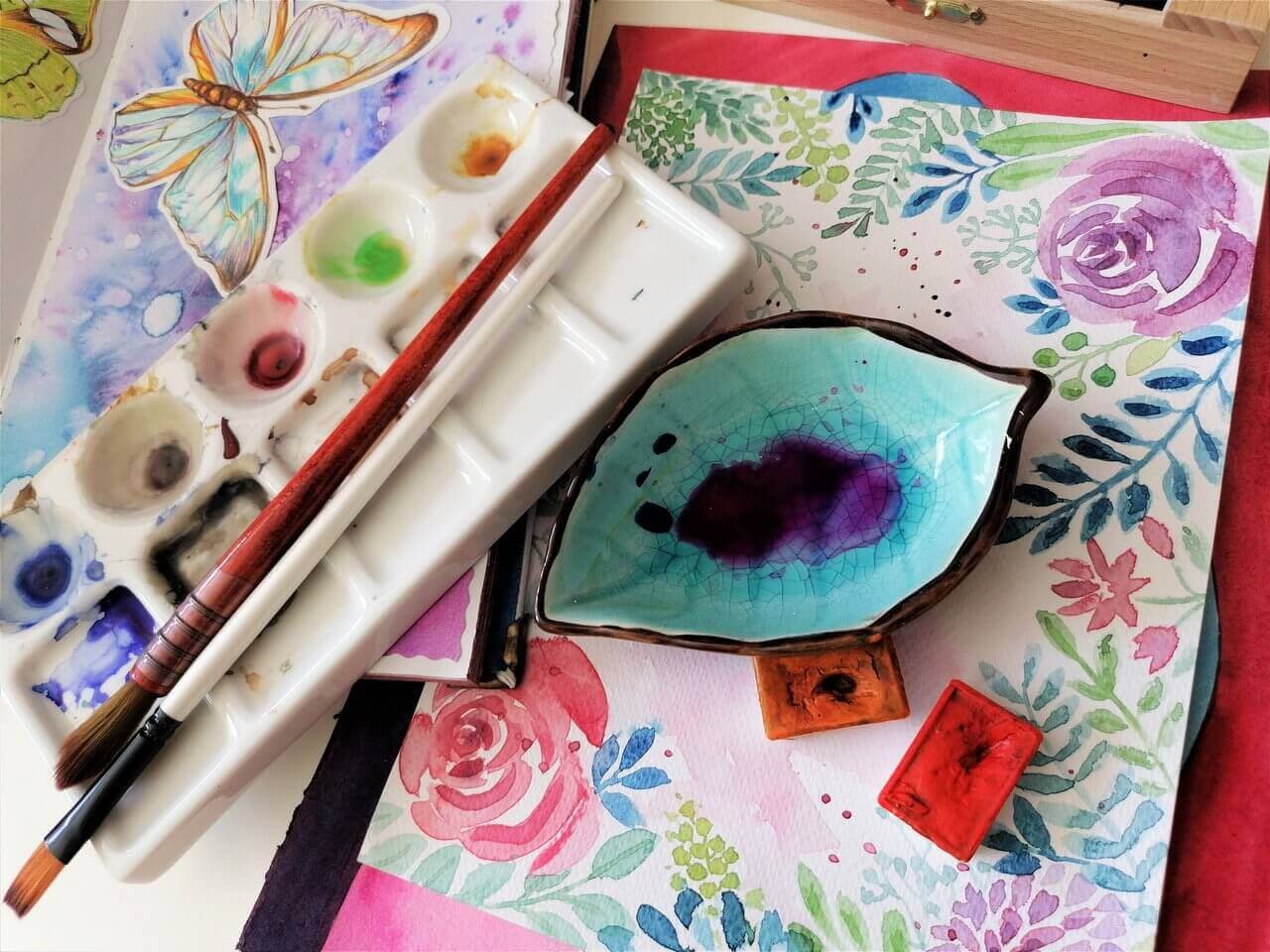
Step 2: Sketch Your Design
Lightly sketch your landscape with a pencil using the reference photo as a guide. If you are still new to watercolor landscape painting, use a light grid sketch on the paper to ensure that all details within the larger watercolor landscape are placed at the right spots. Since watercolor painting is delicate, you should not try to replicate the original photo perfectly. You can only sketch the important pieces you would like to bring into the picture without worrying about the tiny details. What you choose to emphasize will send your intended message.
Step 3: Paint Large Elements
Use large brush strokes to paint your landscape painting’s sky or horizon. Consider the details that may make a difference in the perception of the painting, like the sun, clouds, the moon, and stars. For example, if there is a moon and stars in the sky, the painting should depict a nighttime scene. After painting the sky, the next step should be painting the ground and all the larger details. For example, if it is a sea landscape, this could be the shores and the water. If it is a natural landscape, this could be the grass, shrubs, and trees.
Step 4: Add the Small Details
Once the first layer of paint has dried, you can use a small or medium-sized brush to paint the smaller details of the watercolor landscape. This is where you also define the larger details that you had painted before. Elements in the foreground should have a bold pop of color.
